Author and history-enthusiast, Catherine Bauer (Australia Remembers 3: Len Waters, Dreaming Soldiers, Colourful Memories), generously shares her research and writing journey of her latest release; Tulips for Breakfast (Ford Street Publishing) is a powerful, heart-rending novel based on the real-life accounts of Hanneli (Hannah) Goslar-Pick, friend to Anne Frank and Holocaust survivor of WW2.
It is with sorrow to hear that Hannah recently passed away at the age of 93 in Jerusalem. Much gratitude to Catherine Bauer for her dedication and passion in keeping the story alive. May her memory be a blessing.
Congratulations, Catherine, on the release of the remarkably powerful story, Tulips for Breakfast.
Thanks Romi, it’s always exciting seeing your work out in the world and hoping it will be well received and somehow make an impact – even a small one – on readers.
This story is based on the account of real-life ‘hidden child’, Hanneli Goslar-Pick; friend to Anne Frank and Holocaust survivor of World War 2. Can you briefly tell us about Tulips for Breakfast?
The story is very loosely based on the friendship between Hannah and Anne during their early years in Amsterdam. Whereas Anne Frank and her family went into hiding in a warehouse building in the city, the Goslars did not go into Hiding and were sent to a concentration camp in 1942.
Tulips for Breakfast is set in Amsterdam during WWII, from the arrival of the German army to liberation. For much of this time, my main character Adelena lives in hiding in the home of her music teacher. Her Jewish parents, who fled pre-war Germany with Adelena, have left her in the care of someone else in the belief their only child’s chances of survival are greatest if she can remain in hiding for as long as it takes to be free again. Adelena feels abandoned but finds a way to adjust, her heart warmed by memories of her loved ones.
What inspired you to write this book?
Many things! History fascinates me. I read the Diary of Anne Frank at 13 – about the same age as Anne when she began her diary. It’s a difficult and transformative age and it was one of those works that made a huge impact on me. I could relate to so many of her inner thoughts and frustrations.
The story was also partly inspired by many of the stories my father recounted during my childhood. He grew up in a Catholic, non-Nazi supporting household in south-west Germany in WWII. One of his many poignant stories was that his mother came across a Gestapo officer’s greatcoat. These coats were made of the best wool and expertly manufactured. She unpicked the garment, dyed the wool so no one would recognise it, and she made him his first suit and a smaller jacket for another child out of the material. It became a symbol to show that something representing oppression could be turned into something positive and useful. My father also had young Jewish friends who simply began to ‘disappear’ during the late 1930s.
How did you reach out to Hanneli Goslar-Pick, and what was the most powerful aspect of your communication with her?
I initially reached out to her biographer Alison Leslie Gold who lives in New York. She put me in touch with Hannah who lives in Jerusalem. I emailed her and received a letter in reply. I couldn’t believe it. It was like holding a link to a huge moment in world history in my hand.
Hannah encouraged my efforts to ‘keep the story alive’ and said it was something her parents encouraged her to do, to keep the memories of loved ones alive and not allow that time to ever be forgotten. She says her parents wanted her and her generation to be ‘proud Jews’.
To have her blessing and support was everything to me. Now an old and wise woman, she was a living link to Anne Frank – who came to symbolise WWII’s ‘light versus dark’; an era of madness; persecution; resilience and in some ways – triumph.
Besides your communication with Hanneli, how much other research did you do? What was the writing journey like for you?
I spent months researching – many, many months! I tracked down hidden children and child camp survivors now living in the US, Jerusalem and even in Australia. I conducted my own interviews, read their own accounts and records kept by major Jewish and Holocaust museums across the globe via some excellent online portals. I watched documentaries.
Without exception, every person I spoke with during my research period, encouraged me to write – simply because ‘the living links are dying, we must not let the memories and messages die with them’.
It was a fascinating journey and I learned so much and got to speak to many incredible people. I had no idea for example that the period at the end of the war in Europe became known as The Hunger Winter – a bitterly cold and extended season that saw many starve due to the weather and German food blockades in Holland. There was no fuel for heating and many were reduced to boosting meagre food supplies with sugar beets, tulip bulbs and other items normally fit only for farm animals.
The book can be described as ‘a powerful and relatable tale of life, death, friendship and the ability of the human spirit to both endure and transcend evil.’ What other themes does the book incorporate and what do you hope readers, particularly young adults, will gain from reading Tulips for Breakfast?
Isolation was a factor for many people – both literally and mentally – during the war. No matter what ‘side’ you found yourself on, life was different after the war’s 1939 outbreak. People were cut off from loved ones, from their usual activities and from the rest of the world and their communities in many cases. Isolation has been a factor for the entire world in recent years owning to COVID-19.
It’s important to stay connected and engage with communities in a real and meaningful way. It’s important to our mental health and wellbeing. There have been plenty of reports, including by the Australian Institute of Health & Wellbeing, that show that young people, more than any other age group experienced loneliness and isolation as a result of COVID. It’s being described as a ‘loneliness epidemic’. They’re not alone and reaching out to friends and family and getting back into robust networks is important.
What is the significance of the title?
The title refers to the final year of the war – the Dutch famine, that was later referred to as the Hunger Winter. The final winter of the war was especially cold and the Germans had cut off food and fuel deliveries. More than four million Dutch citizens were impacted and around 22,000 are estimated to have died. People lived on rations and diets were supplemented by ‘food’ such as tulip bulbs and sugar beets; people cut up their furniture for fuel and those who could bartered valuable items such as jewellery for food if they were able to make it to farms.
You’ve written other historical-based titles with wartime themes, including Australia Remembers 3: Len Waters, Colourful Memories and Dreaming Soldiers. What do you like most about writing on these topics?
History and social history fascinate me. I seem subconsciously to be drawn to stories about the disenfranchised and communities and individuals who are downtrodden but never ultimately beaten down. I’m inspired by that attitude. I think memories and family history are important and can help give us a sense of self.
What are you currently working on?
I’m working on a follow up to Tulips for Breakfast – and Lena’s family’s migration to 1950s Australia. I also have a picture book on the go – Junk Hill Castle about the Australian landscape and sustainability and a piece titled Columbarium, a YA ‘horror’ set in the Australian bush that’s sitting in my bottom drawer!
Where can we find you on social media?
@catherinebaueraus and https://www.facebook.com/CatherineBauerAuthor/
Thanks so much, Catherine, for your time. Your Tulips for Breakfast sounds like an incredible, must-read novel!
Thanks you and I hope your readers enjoy it and take something away from the story!
TULIPS FOR BREAKFAST is available for purchase at Ford Street Publishing | Booktopia
South Australian-born Catherine Bauer is a journalist and awarded children’s writer who grew up in suburbs of Adelaide. She has worked as a news and political journalist and features writer for various newspapers and publications, as a media and communications adviser and is now working with the State Theatre Company South Australia.
While she has written and published children’s plays and had two picture books published in 2018, Catherine lists her three sons as her life’s greatest work.
She grew up reading the classics that lined her parents’ well-stocked home library. She wrote, illustrated and submitted her first picture book at the age of eight and received a gently worded rejection letter – thus igniting her love for writing and determination to one day see her creative work in print.
Apart from joy and delight, Catherine aims for her stories to spark all or one of the following three reactions in readers: ‘that’s me’; ‘I wish that was me’ or ‘I’m glad that’s not me’.
Her parents were both great story tellers and among her favourites were the ones in which her father recounted wonderful stories about finding joy in small things, his enthralling adventures and often hardships of a childhood growing up in WWII Germany.








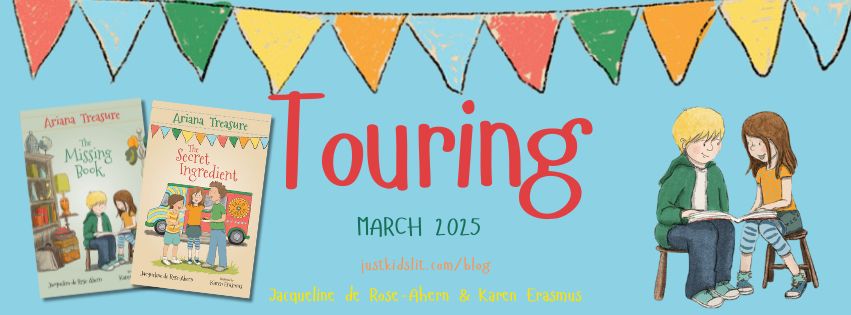
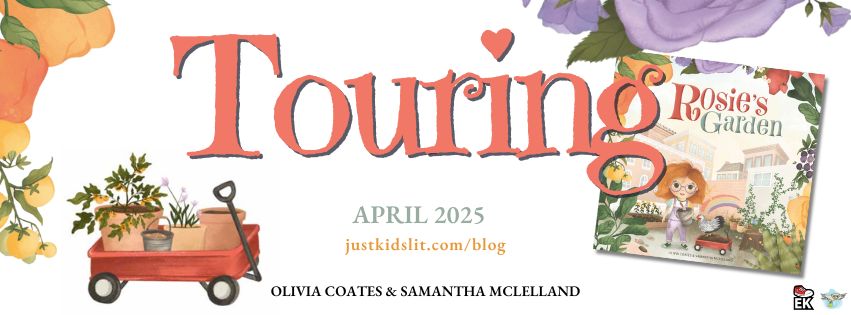
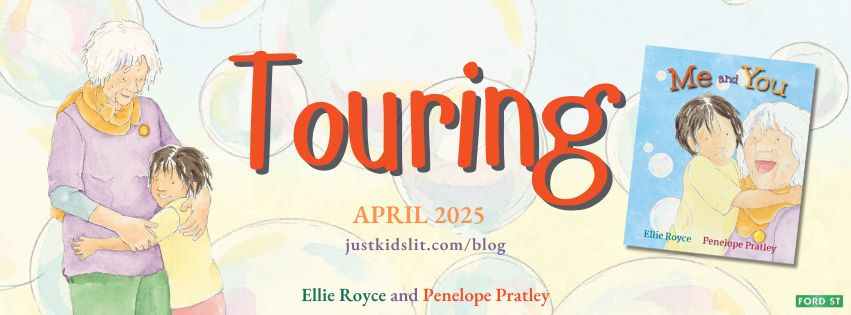
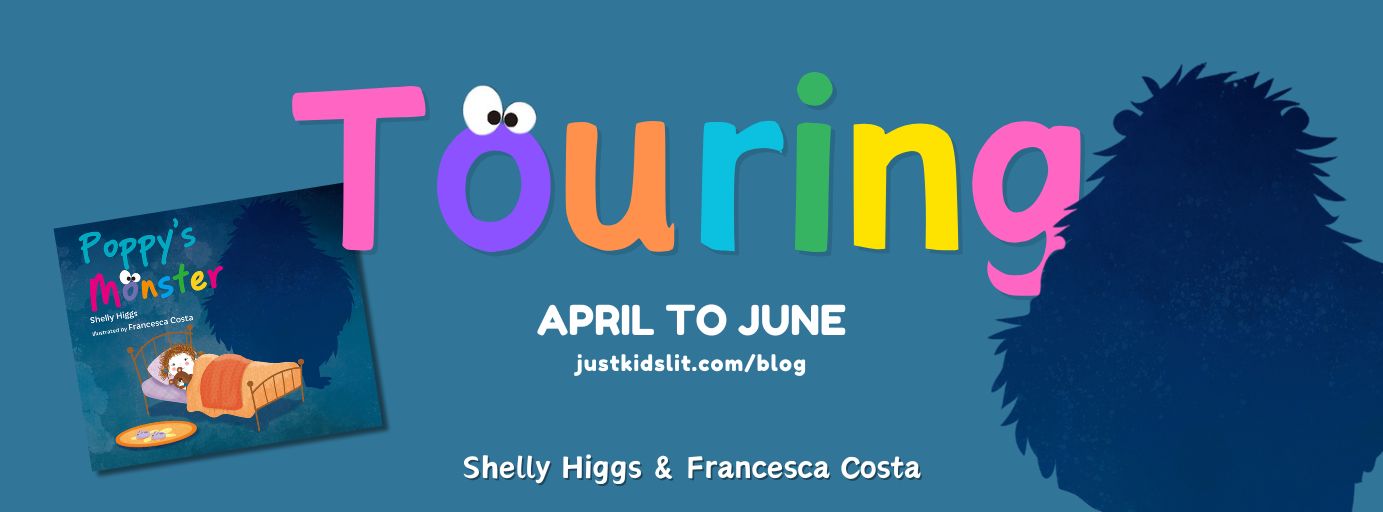
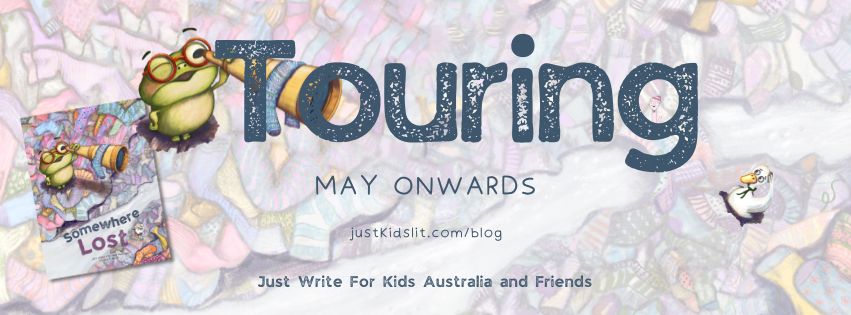





7 thoughts to “Keeping the Story Alive: Catherine Bauer on Tulips for Breakfast”
Can’t wait to read it. Congratulations Catherine. Great interview Romi
Thank you, Gail! Catherine is such a treasure to write this book. What a wonderful tribute to the late Hannah Goslar-Pick! x
Just reading about, “Tulips for Breakfast”, makes me want to obtain it. Hopefully my local library has a copy. What a fascinating lady! What stories she must have and the books she’s written, she must have done lots of research.
Interesting article!
Thank you for your lovely comment. Tulips for Breakfast is certainly a must-read novel. Catherine Bauer is a treasure, as was Hannah Goslar-Pick x
What a fascinating story, and certainly one to put near the top of the list. Congratulations, Catherine.
I was also impressed by your own grandmother’s way of showing ‘that something representing oppression could be turned into something positive and useful’. Sounds like the great basis of a wonderful picture book to me.
Thank you, Norah. Absolutely, and I agree, the sentiments are very touching and inspiring.
Pingback: A Story of Significance - Catherine Bauer on Tulips for Breakfast -